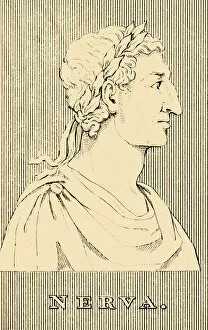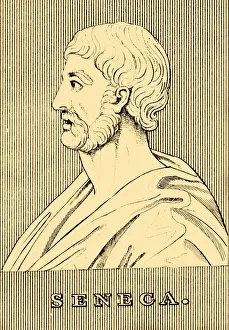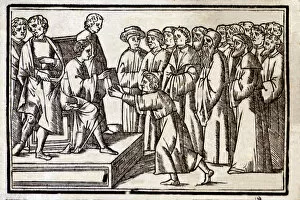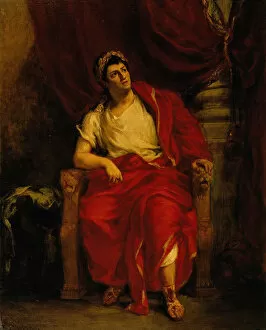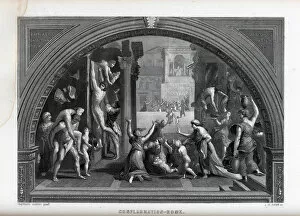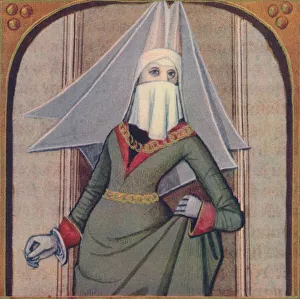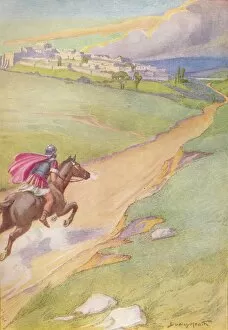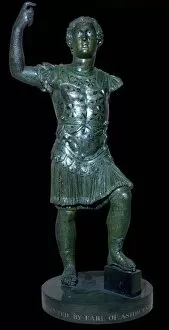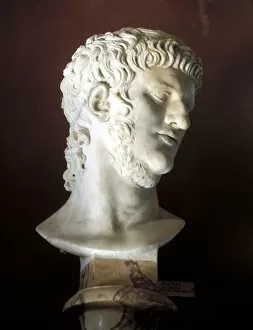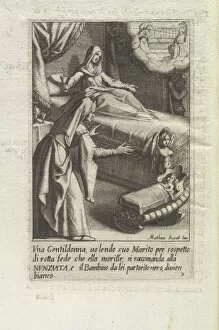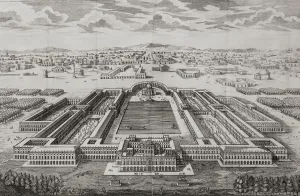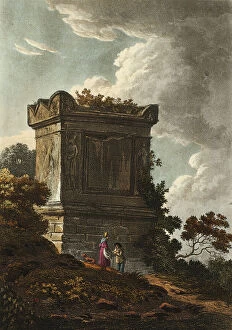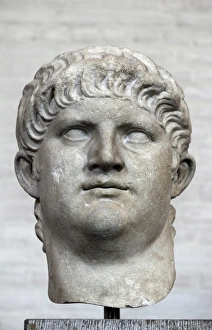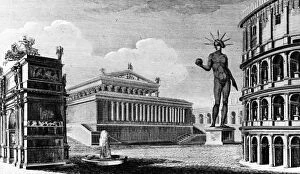Nero Collection (page 4)
"Emperor Nero: A Controversial Figure in Roman History" Victoria's Dogs, the beloved pets of Emperor Nero
All Professionally Made to Order for Quick Shipping
"Emperor Nero: A Controversial Figure in Roman History" Victoria's Dogs, the beloved pets of Emperor Nero, were often seen by his side as he ruled over Rome with an iron fist. Despite his love for these loyal companions, Nero's reign was marked by scandal and controversy. One infamous event that defined Nero's legacy was the sight of him playing his Lyre while Rome burned. This callous act showcased his indifference towards the suffering of his people and solidified him as a tyrant in the eyes of many. Tiberius, another Roman Emperor known for his debauchery and cruelty, paled in comparison to Nero's infamy. The colossal statue depicting Nero from the 1st century stands as a haunting reminder of this dark period in history. In contrast to this imposing image, a marble sculpture at Certosa di Pavia portrays Emperor Nero with an air of regality. The play of light on this masterpiece captures both his power and complexity as a ruler. The Naumachia refers to naval battles depicted by Romans during exhibitions held in historical Rome. These grand spectacles were orchestrated by none other than Emperor Nero himself, showcasing both his extravagance and thirst for entertainment. Racine's play "Britannicus" delves into the intricate web of politics surrounding Emperor Claudius I during Nero's rise to power. It sheds light on the treacherous nature that permeated their relationship and ultimately led to Claudius' demise. However, not all aspects of Nero's rule were shrouded in darkness. His torches symbolize one particularly grim chapter - the burning of Christians at Rome - which occurred under unknown circumstances but left an indelible mark on history. The Naumachia exhibition itself is brought back to life through digital reproductions from a 17th-century original artwork. While its exact date remains elusive, it serves as a testament to the grandeur and audacity of Nero's reign.





